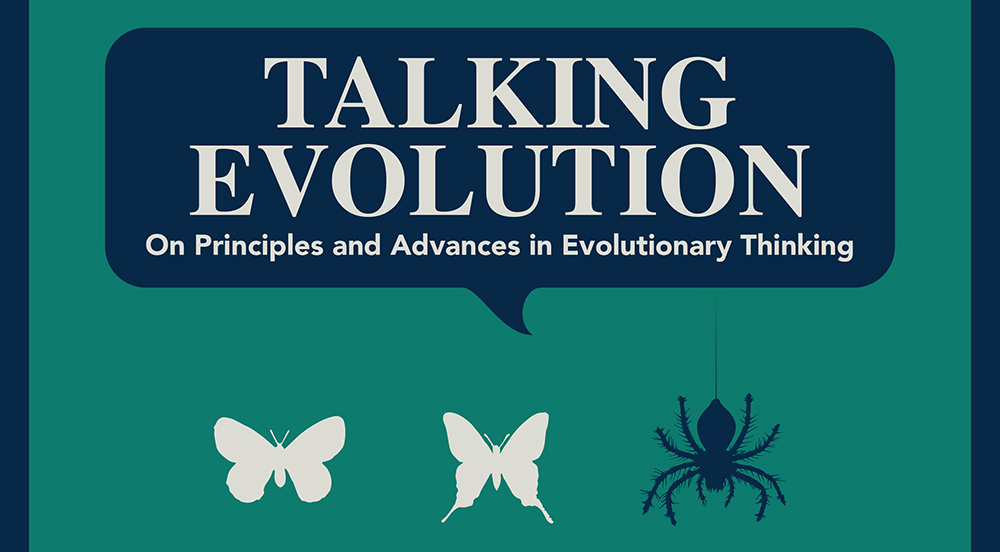Speaker
Description
Natural selection and phenotypic plasticity can both contribute to ecologically relevant trait variation within and among populations. Previous work suggests that variation in cryptic pigmentation of freshwater isopods (Asellus aquaticus) has evolved in response to predation pressure by fish in habitats with varying macrophyte cover and coloration. However, more recent evidence suggests that the development of isopod pigmentation can also depend on the nutritional environment during development and may be of importance in determining the trajectory of the life-history that follows. To address this, we investigated i) the degree and potential costs of developmental plasticity in pigmentation and body size of the freshwater isopod Asellus aquaticus and tested ii) for genetic variation in plasticity among families. In a series of laboratory experiments we reared offspring from 30 isopod families in common garden under two different diets (high / low nutrient concentration). We found that differential nutrient supply lead to consistent differences in pigmentation: isopods reared under high nutrient diet developed stronger pigmentation earlier on than isopods reared under low nutrient diet. Differences in growth rates were small and inconsistent among families. Survival was lower in the high nutrient environment, where isopods also died earlier than in the low nutrient environment. Moreover, all diet based effects on pigmentation, body size and survival were strongly affected by family descent. Overall our results show that there is genetic variation in plasticity associated with the development of A. aquaticus, suggesting that selective processes may interact with plasticity in the given population.

